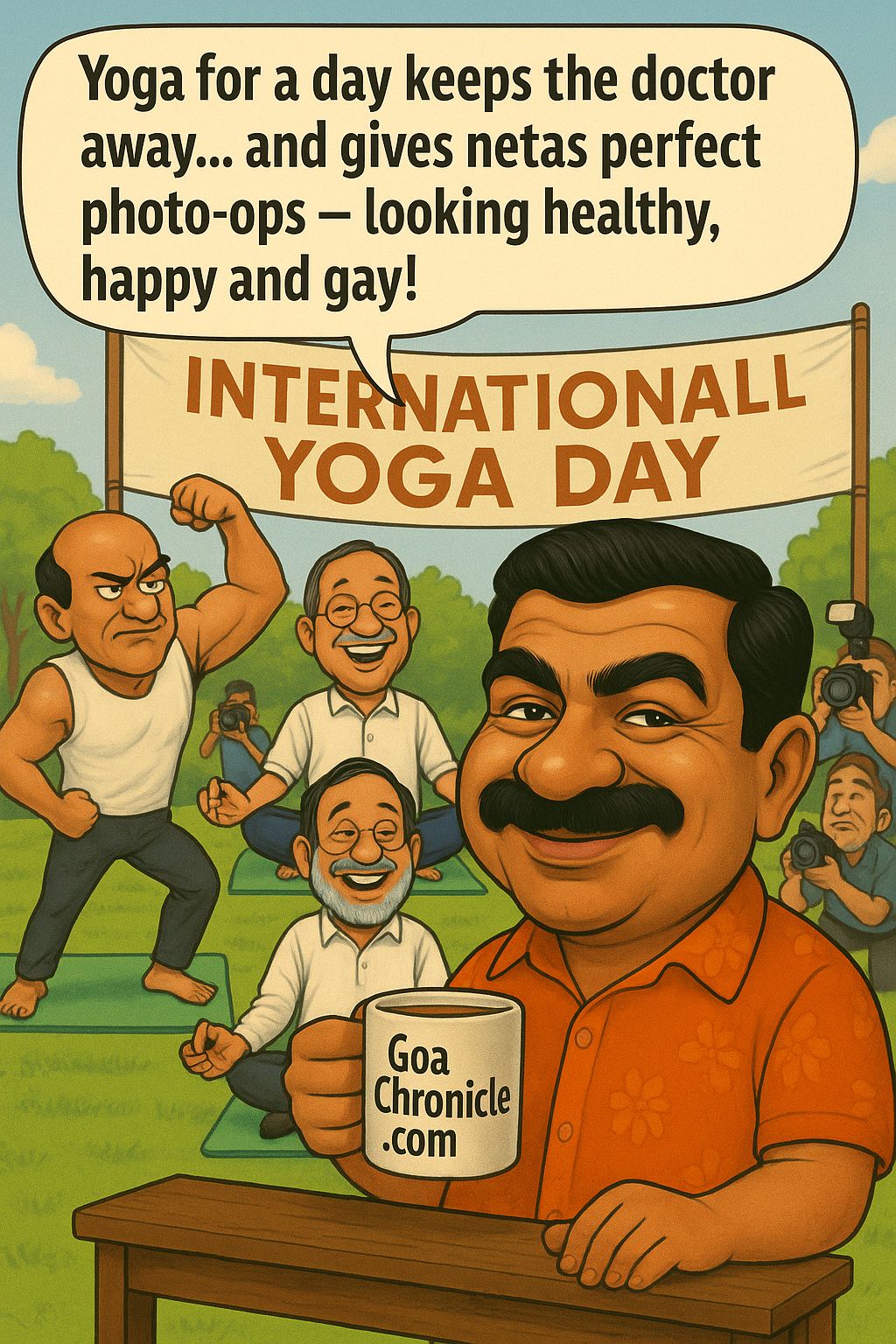While nations around the world strain under the weight of the COVID-19 pandemic, it needs to be alert and prepare for another strain – the hunger of its people.
A report released on July 12, 2021, by the Food and Agriculture Organisation of United Nations on ‘The State of Food Security and Nutrition in the World’ estimates that between 720 and 811 million people in the world faced hunger in 2020 – as many as 161 million more than in 2019. Nearly 2.37 billion people did not have access to adequate food in 2020 – an increase of 320 million people in just one year. No region of the world has been spared. The high cost of healthy diets and persistently high levels of poverty and income inequality continue to keep healthy diets out of reach for around
3 billion people in every region of the world. Moreover, a new analysis in this report shows that the increase in the unaffordability of healthy diets is associated with higher levels of moderate or severe food insecurity
to increase, with no reversal in the trend in sight at global or regional levels. Efforts to eradicate malnutrition in all its forms have been challenged by disruptions in essential nutrition interventions and negative impacts on dietary patterns during the COVID-19 pandemic. On the health front, the interaction between the pandemic, obesity, and diet-related non-communicable diseases has underlined the urgency of ensuring access to affordable healthy diets for all. Such myriad setbacks hide some important achievements – such as the increasing prevalence of exclusive breastfeeding of infants under 6 months.
The situation could have been worse without governments’ responses and the impressive social protection measures they have put in place during the COVID-19 crisis. However, not only have measures to contain the spread of the pandemic resulted in an unprecedented economic recession, but also other important drivers are behind recent setbacks in food security and nutrition.
These include conflict and violence in many parts of the world as well as climate-related disasters
all over the world. Given the past and present interactions of these drivers with economic slowdowns and downturns, as well as high and persistent (and in some countries growing) levels of inequality, it is not surprising that governments could not keep the worst-case scenario for food security and nutrition from materializing and affecting millions of people all over the world.
More than half of all undernourished people (418 million) live in Asia; more than a third (282 million) in Africa; and a smaller proportion (60 million) in Latin America and the Caribbean. But the sharpest rise in hunger was in Africa, where the estimated prevalence of undernourishment – at 21 per cent of the population – is more than double that of any other region.
On other measurements too, the year 2020 was sombre. Overall, more than 2.3 billion people (or 30 per cent of the global population) lacked year-round access to adequate food: this indicator – known as the prevalence of moderate or severe food insecurity – leapt in one year as much in the preceding five combined. Gender inequality deepened: for every 10 food-insecure men, there were 11 food-insecure women in 2020 (up from 10.6 in 2019).
Malnutrition persisted in all its forms, with children paying a high price: in 2020, over 149 million under-fives are estimated to have been stunted, or too short for their age; more than 45 million – wasted, or too thin for their height; and nearly 39 million – overweight. A full three billion adults and children remained locked out of healthy diets, largely due to excessive costs. Nearly a third of women of reproductive age suffer from anaemia. Globally, despite progress in some areas – more infants, for example, are being fed exclusively on breast milk – the world is not on track to achieve targets for any nutrition indicators by 2030.































